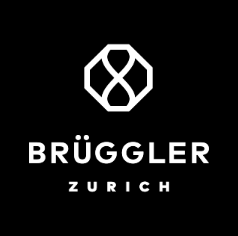In private banking and wealth management, a frequently asked question is, “Why is success often measured in terms of ‘Assets under Management’ (AuM) and not actual revenues?” At large banks and traditional wealth managers, AuM is a common yardstick, reflecting trust, stability, and sources of revenue. 🏦
However, the focus shifts when working for independent wealth managers. Why? Their fee structures are typically “all-in”, meaning all costs are already included except the price charged by the chosen custodian bank. For an independent wealth manager, there’s no avenue to generate additional income from transactions or interest business. As a result, the actual return becomes a transparent indicator of their performance and efficiency. 🔍
This doesn’t mean that AuM is irrelevant for independent wealth managers. A high AuM value can still reflect the trust of clients. However, the emphasis on returns over AuM for independent providers underscores the significance of profitability and performance. 🌟
Whether a traditional bank or an independent wealth manager, the business’s core remains the same: trust and the client’s well-being are paramount. Thus, the chosen metric should always be viewed in the context of the business model and services offered. 👥
Source: LinkedIn
09May2025







